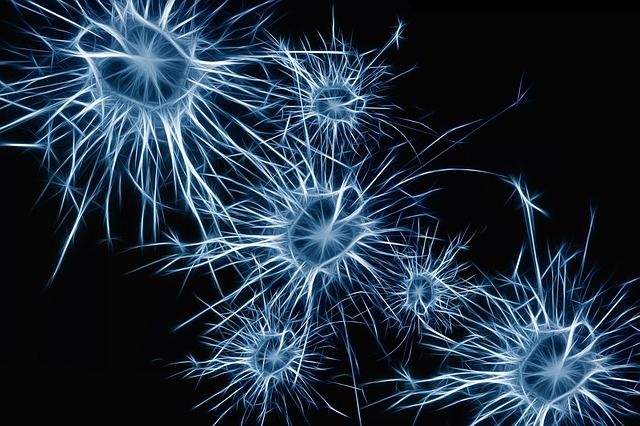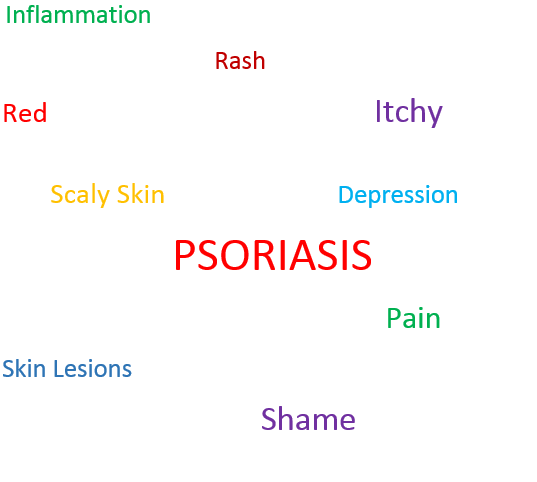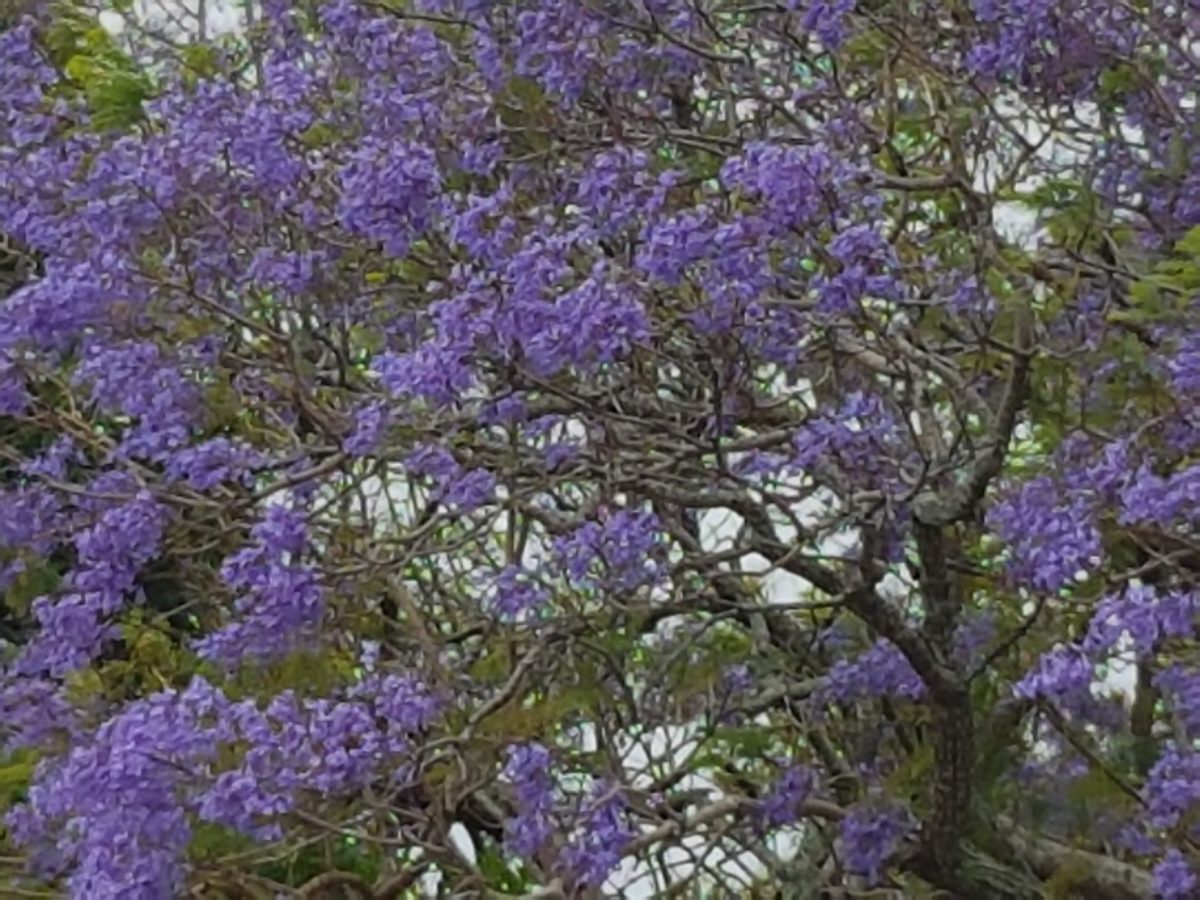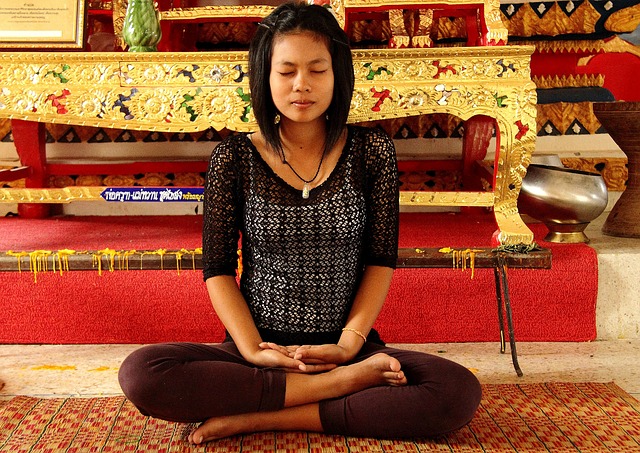In an earlier post, I discussed how mindfulness meditation can help the management of chronic pain. In this post, I will focus on the beneficial effects of mindful meditation for the management of psoriasis.
Psoriasis is a chronic skin condition that can last for weeks, months and even years and can recur at anytime. This skin condition is thought to be an autoimmune disease that typically manifests as a rash or skin lesion that can be exceptionally itchy and results in dry, cracking skin that can be painful. The skin problem is exacerbated because people with psoriasis, consciously or unconsciously, scratch the itching skin which intensifies the itch and increases inflammation of the skin.
This vicious cycle can contribute to emotional and psychological problems. People who suffer from this skin condition may feel embarrassed to be seen out in public and may withdraw emotionally leading to depression. The negative emotional effects are aggravated by the difficulty experienced in attempting to heal this persistent skin condition – a debilitating disease experienced by 450,000 Australians and over 125 million people world-wide according to the Skin & Cancer Foundation.
There are numerous triggers to cause psoriasis in an individual – stress and infection being two of the major triggers. The inability to isolate the primary trigger for an individual adds to the anxiety experienced by the psoriasis sufferer.
Jon Kabat-Zinn, a renowned mindfulness expert, undertook research in support of an approach to curing psoriasis using meditation as a means to heighten the effect of the treatment. His research involved two groups of people receiving treatment for psoriasis, one group practising meditation during the treatment and the other group, the non-meditators, taking the treatment as normal. He found that “the meditators skin cleared at four times the rate of the non-meditators”.
In discussing these results (which have been confirmed by other researchers), Kabat-Zinn suggested that the positive effect of meditation on the rate of healing of psoriasis is related to the connection between the body and the mind:
And it is a beautiful example of the mind/body connection because you’re doing something with your mind and something is happening in the skin. So it just doesn’t get any better than that.
The Psoriasis & Skin Clinic offers a number of meditation methods to reduce the stress associated with psoriasis and to build emotional resilience while suffering from this skin condition. They suggest a form of body scan meditation which involves concentrating on a specific part of the body where itching or pain is experienced., breathing deeply and focusing your mind on that itching or pain to reduce or alleviate the discomfort.
They also suggest another meditation/relaxation technique which involves experiencing, or thinking about, a peaceful or inspiring location and using this focus to release any troubles or worries that may be causing you stress. Their instruction for this exercise is reminiscent of Kabat-Zinn’s book, Coming to Our Senses: Healing Ourselves and the World Through Mindfulness :
:
If you are sitting on the sand on the beach, feel the setting sun warm your face, feel the breeze on your skin, smell the ocean air, taste the salty tang on the breeze, hear the waves washing right up to you and as you hear each and every wave, release all of your stress and throw it onto the waves to wash out into the ocean.
As you grow in mindfulness through mindful practices such as these meditations, you will be better able to manage the discomfort of psoriasis and assist your healing process, whatever treatment method you adopt. The experience of itching or pain can even become a catalyst to mindful meditation to relieve the discomfort.
By Ron Passfield – Copyright (Creative Commons license, Attribution–Non Commercial–No Derivatives)


Disclosure: If you purchase a product through this site, I may earn a commission which will help to pay for the site, the associated Meetup group and the resources to support the blog.










